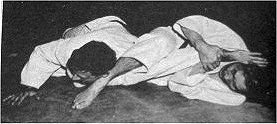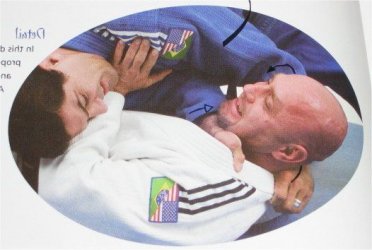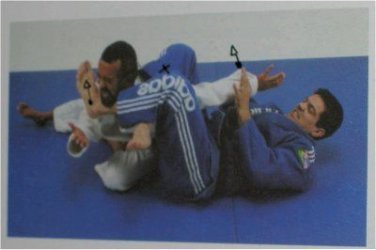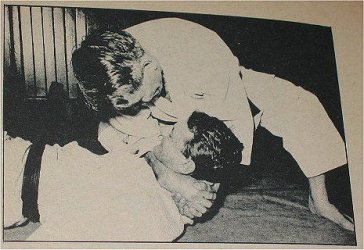A
auxprix
Guest
Ceicei said:I learned another type of throw. I keep my right hand on her left label and my left hand on her right sleeve. My right foot steps forward between her feet, closer to her right foot. I pivot on my left leg, turning around with my back towards my uki, but instead of putting my weight on both of my feet, I sweep my right leg backwards against her right leg. That proved to be difficult to do, since I see the other Tori/uki both loose balance and fall. I hadnt fallen down doing this, but I tend to let go a bit too early before she falls because I do not complete the full rotation.[/size][/font]
sounds like an Uchi Matta. It is a very difficult throw, but I would call it among the most important techniques in Judo. Whenever I watch the big-wigs in olympic footage, It seems like they're always using the Uchi Matta. Keep working at it.
One thing you may want to try is as you turn, to shoot your left foot deep into Uke's stance. It will make the throw much easier.
As for the balance thing, you just have you get used to it. If you loose balance, just do one of the forward rolls you do in your warmup to save yourself and uke alot of pain.
I'm glad you're enjoying your time and I hope you stick with Judo. It can be a little tough for some when they first start, but I believe you can't find alot of our technique anywhere else.




